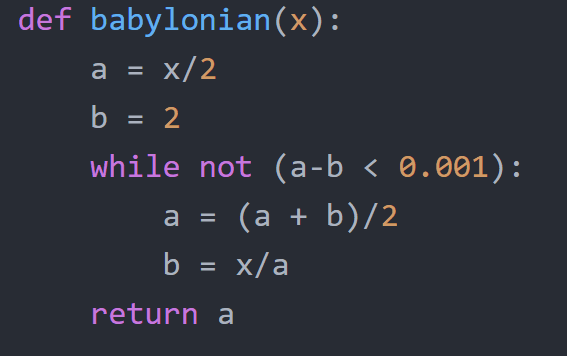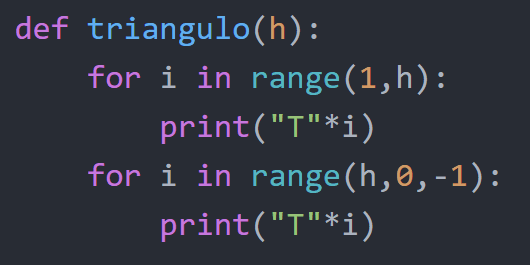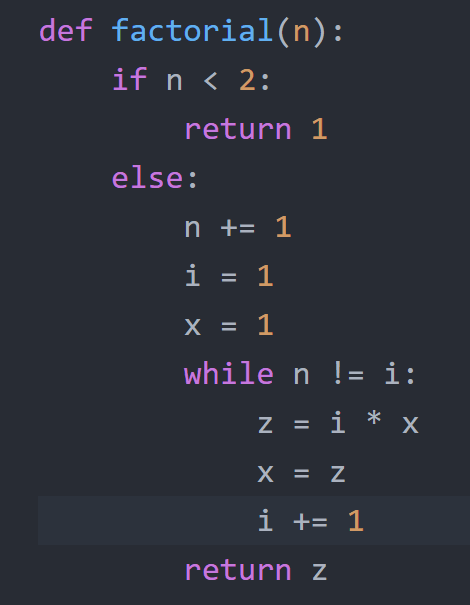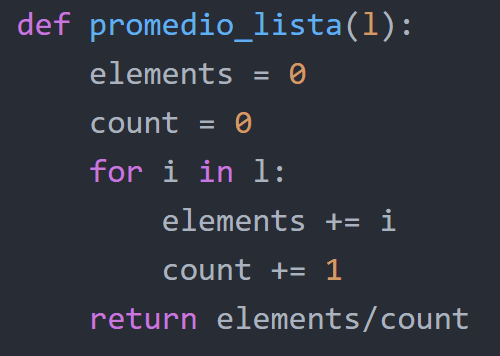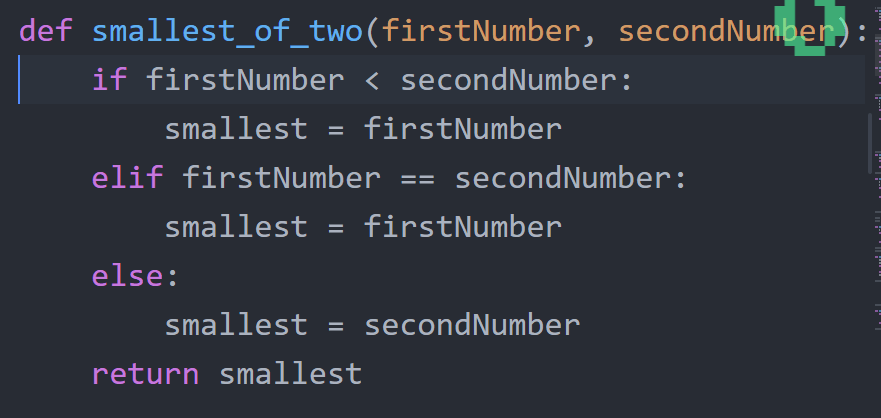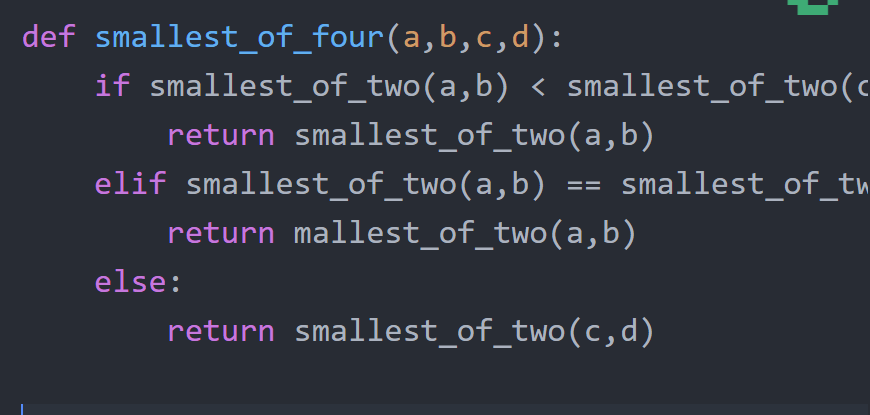--Originally published at Python fundamentals
Instructions
Return to the 46 exercises page and solve the exercises 6 up to 10.
Procedure
Exercise 6:
Define a function sum() and a function multiply() that sums and multiplies (respectively) all the numbers in a list of numbers. For example, sum([1, 2, 3, 4]) should return 10, and multiply([1, 2, 3, 4]) should return 24
We will create 2 funcitons, one for addition and other for multiplication, in the first one we will create a loop that will go through ach one of the numbers on the list and add into a new variable know as total.
In the second one, we will do the same but instead of addition we will use substraction.

Exercise 7:
Define a function reverse() that computes the reversal of a string. For example, reverse("I am testing") should return the string "gnitset ma I".
We will create a function that uses a for loop to go through each one of the characters of a string and add it to a new string callled “word” in an inverse order.

Exercise 8:
Define a function is_palindrome() that recognizes palindromes (i.e. words that look the same written backwards). For example, is_palindrome("radar") should return True.
We will use our current reverse function to find the reversal of a string, if the reversal its the same as the original string, then palindorme its true, we will do this second part in another function called palindrome.

Exercise 9:
Write a function is_member() that takes a value (i.e. a number, string, etc) x and a list of values a, and returns True if x is a member of a, False otherwise. (Note that this is exactly what the in operator does, but for the sake of the exercise you should pretend Python did not have this
Continue reading "#quiz06" →



